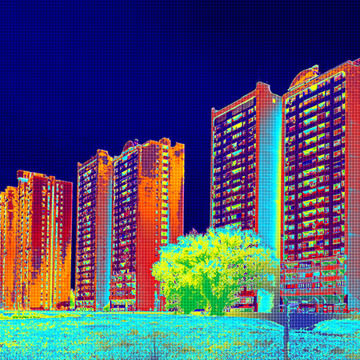Balconies are an essential part of modern high rise living and are becoming more common as they provide a resident with access to the outside environment. However, these structural living space extensions – whilst well established and simple in concept – come with some complex requirements to meet today’s building standards. In high rise buildings, balcony connections are one of the biggest areas of potential thermal bridging when done incorrectly.
A thermal bridge, also called a cold bridge or heat bridge, is an area of a building (usually the envelope) which has a significantly higher heat transfer than the surrounding materials, resulting in an overall reduction in thermal insulation of the building.
Thermal or cold bridges occur where the insulation layer is penetrated by a material with a relatively high thermal conductivity. Balconies provide an attractive and practical architectural feature, however, because connection points pass through the building envelope, if the fixing detail is not thermally insulated it can create a thermal bridge from the cold balcony to the warm inside. This causes condensation to form at cold points inside the building, increasing the potential for mould and moisture damage.

Balconies are an attractive and practical architectural feature; however, the fixing details must be carefully considered to reduce the risks outlined at the beginning of this paper.